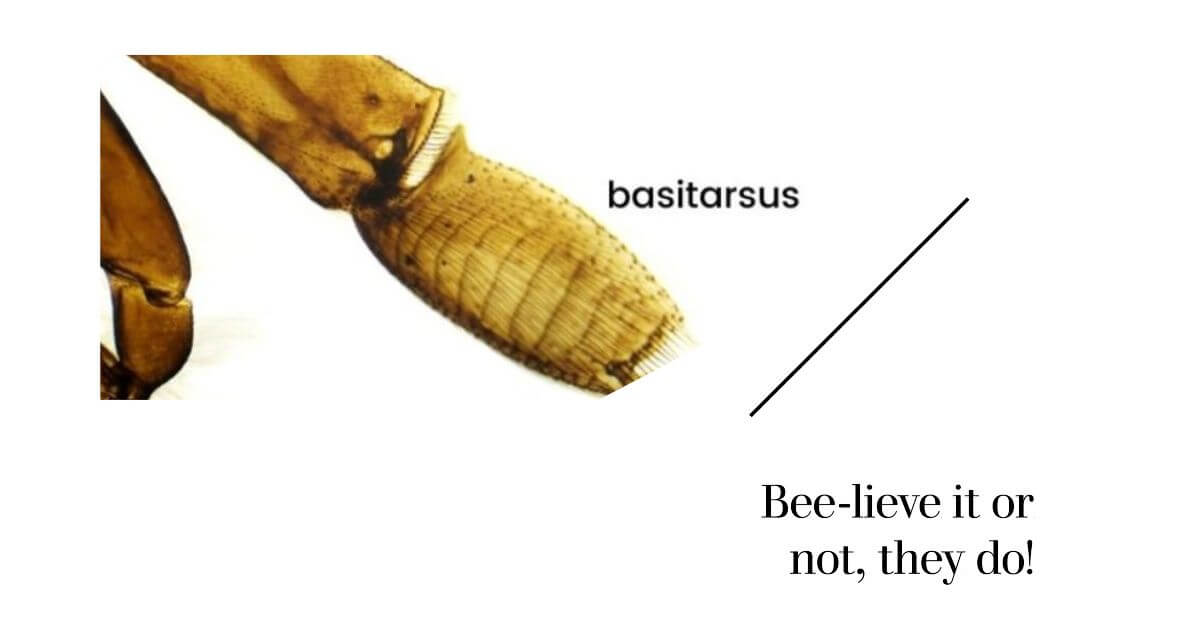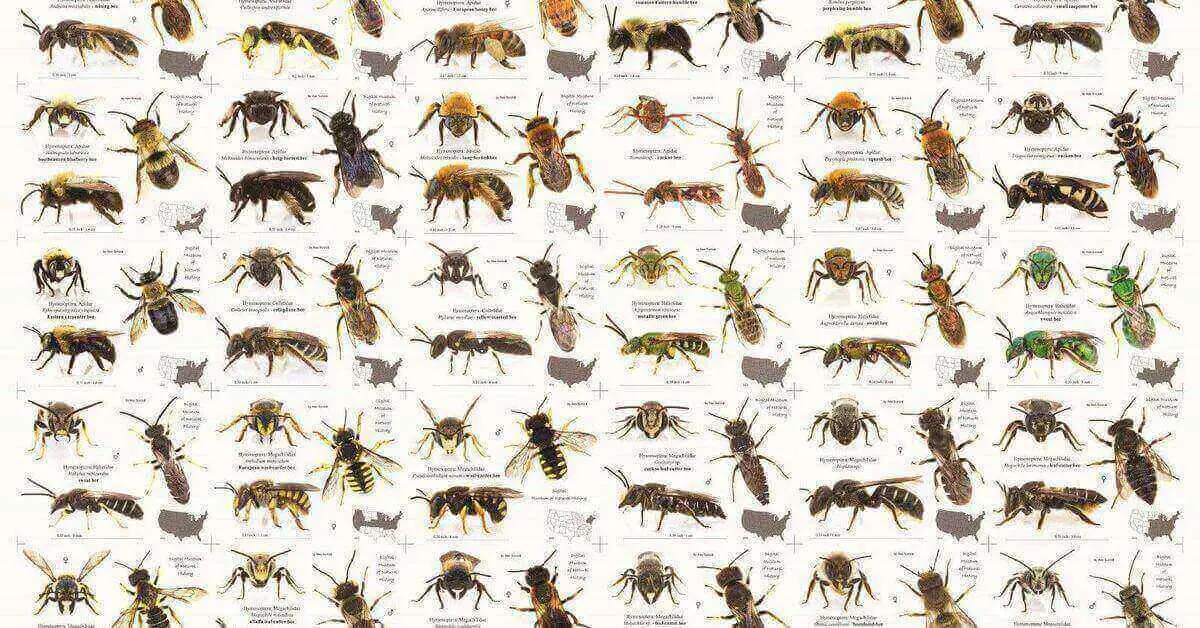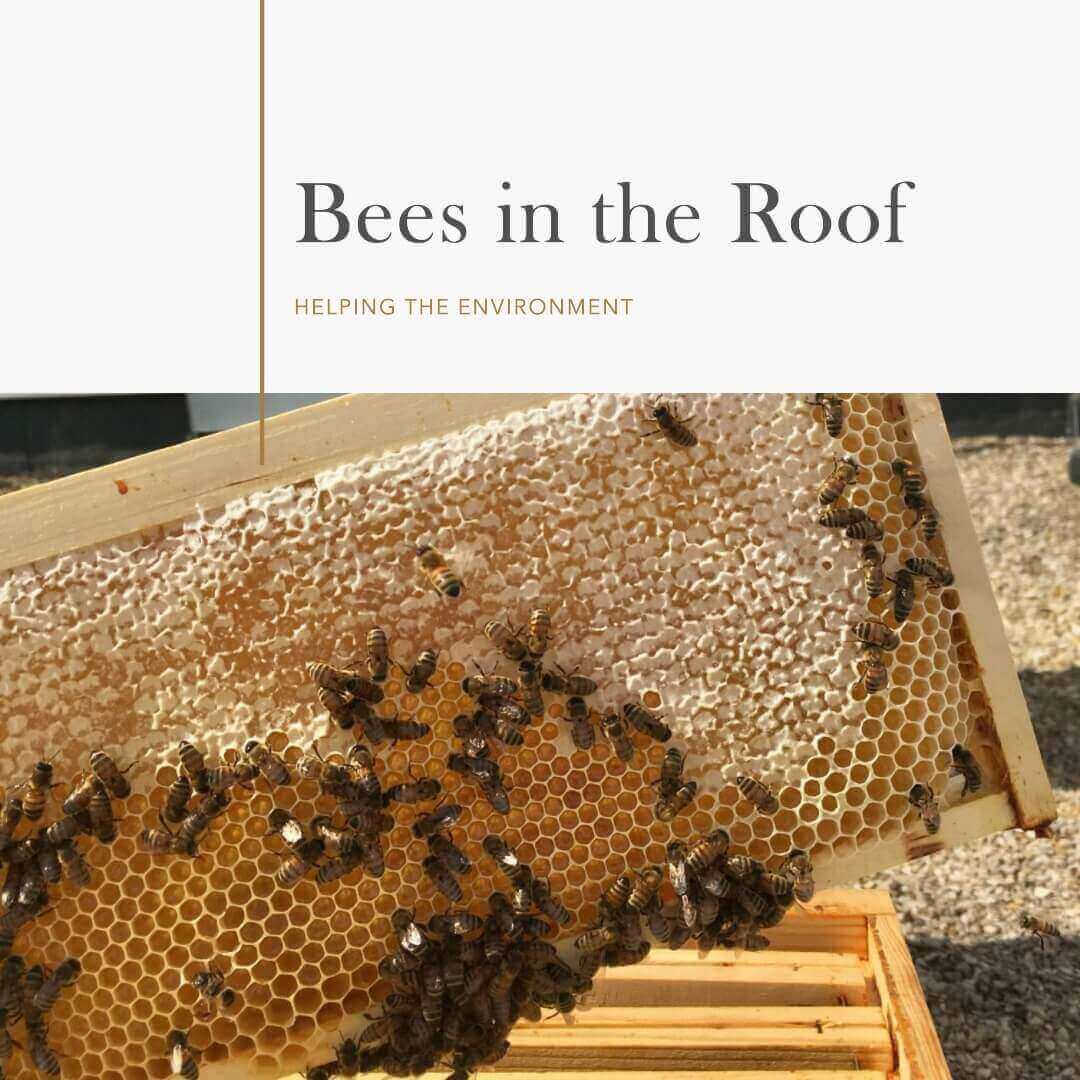In this comprehensive article, we delve into the captivating world of bees’ knees. These tiny insects have sparked curiosity and intrigue for centuries. These insects leading many to wonder if bees indeed have knees, what the meaning behind the phrase “bee’s knees” is, and why they are considered so remarkable. We’ll explore the origins of the expression and uncover fascinating insights about these incredible creatures. So, let’s buzz right into it!
Do Bees Have Knees?
The question of whether bees have knees may sound peculiar, but it’s a valid inquiry. Bees are insects belonging to the Hymenoptera order, and like all insects, they possess six legs. The structure of their legs is different from mammals like humans, but they do have joints that function similarly to knees. However, these joints are not referred to as “knees” in scientific terminology. Instead, they are known as “tibiofemoral joints.” So, while the term “knees” might not be entirely accurate, it’s a colloquial way of describing the joints in their legs.
The Meaning and Origin of Bee’s Knees
The phrase “bee’s knees” has a rich history that dates back to the 1920s in the United States. It emerged during the Roaring Twenties, a time of prosperity, cultural transformation, and exuberance. The term became popular as part of the “flapper” culture, which embraced new ideas and unconventional behavior.
The expression “bee’s knees” was coined as a way to describe something excellent, outstanding, or of high quality. It was often used to refer to a person or thing that was considered the best or at the top of its game. Despite its whimsical origin, the phrase quickly caught on and became a part of everyday language.
Why Are Bees’ Knees So Good?
The phrase “bee’s knees” may have originated from a whimsical era, but there’s no denying that bees’ knees themselves are fascinating and integral to their survival. Bees play a crucial role in pollination, which is essential for plant reproduction and ecosystem balance. Their legs, including the tibiofemoral joints, are perfectly adapted to gather pollen efficiently.
Related Post’s:
Bees have specialized hairs on their legs known as “pollen baskets” or “corbiculae.” These structures are concave areas surrounded by bristles that create a basket-like shape. When bees visit flowers, they collect pollen on their bodies. They then use their middle legs to brush the pollen from their bodies into the pollen baskets on their hind legs. This process allows them to transport large quantities of pollen back to their hive, aiding in the pollination of numerous plants.
How Many Knees Do Bees Have?
As mentioned earlier, bees have three pairs of legs, which means they have a total of six legs. Each leg has a tibiofemoral joint, making a total of six “knees.” These joints enable the bees to bend their legs and perform intricate movements necessary for their foraging and communication activities.
Do Bees Have Elbows and Arms?
Bees, being insects, do not have elbows and arms as mammals do. Instead, their limbs are composed of three segments: the coxa (closest to the body), the femur, and the tibia. These segments provide flexibility and enable them to carry out their vital tasks, such as gathering nectar, collecting pollen, and building honeycombs.
Conclusion
Bees’ knees may not be precisely what the phrase suggests, but they are undoubtedly fascinating and essential to the survival of these remarkable insects. As pollinators, bees play a vital role in maintaining the ecological balance and supporting the growth of various plant species. The expression “bee’s knees” has endured over time, becoming a symbol of excellence and quality. So the next time you hear someone exclaim “It’s the bee’s knees!”, you’ll know just how extraordinary they think something is, just like these incredible creatures themselves.




